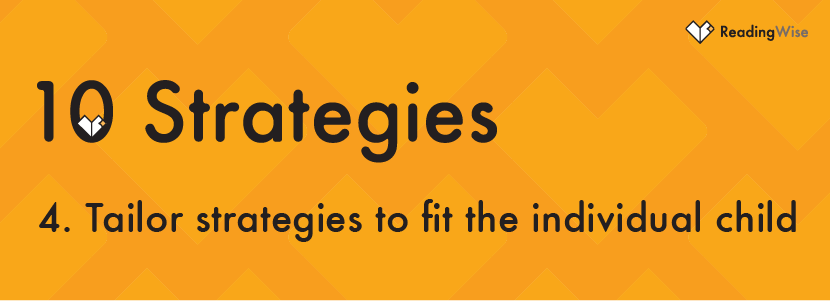
There has been consistent pressure from political parties in recent years for teachers to employ synthetic phonics as the pre-eminent strategy for teaching children to read.
This ‘phonics first and foremost’ principle was introduced by the last Labour government following a major review of the primary curriculum in 2006 and has been enthusiastically embraced by the current coalition.
In 2012, Education Secretary Michael Gove ratcheted up the pressure on primary schools to adopt synthetic phonics as their principle reading strategy by introducing a compulsory phonics test to check children’s reading level at the end of Year 1.
The new test has proved unpopular with many teachers. In a recent survey of more than 500 literacy co-ordinators carried out by ReadingWise, only one in five (20%) said they fully supported it while more than twice as many (43%) said they were opposed.
Moreover, asked whether they agreed that synthetic phonics should be employed as the principle strategy for teaching children to read, just 21% were fully behind the government policy. The rest only partially agreed (60%) or disagreed (18%).
At best, it seems, practitioners are lukewarm about the government’s insistence on a ‘phonics first’ strategy. Why is this? To find out more, we asked co-ordinators how important they thought synthetic phonics was compared to other common approaches to teaching literacy.
Teachers believe encouraging reading for pleasure is most important
The results below are ranked according to the proportion of teachers rating each approach as ‘important’ or ‘very important’. While four out of five literacy teachers said synthetic phonics was indeed important, it is ranked only fourth in order of priority. Overwhelmingly, teachers believe that encouraging children to read widely and for pleasure is most important:
1 Emphasis on reading for pleasure (98%)
2 Giving children experience of a wide range of texts, including moving image and digital (92%)
3 Introducing children to challenging texts (89%)
4 Synthetic phonics (79%)
5 Look and say (74%)
6 Alphabet (68%)
7 Analytic phonics (63%).
We also asked how effective the current emphasis on synthetic phonics was for different groups of readers. The results provide an ‘effectiveness rating’ for each group based on the proportion of teachers who rated the policy as ‘quite effective’ or ‘very effective’:
1 Average readers (81%)
2 Struggling readers generally (78%)
3 Readers who speak English as a additional language (70%)
4 Struggling readers with disabilities (63%)
5 The most able readers (55%)
6 Dyslexic readers (48%)
While it is clear practitioners think synthetic phonics is an effective tool for teaching most children to read, they don’t believe it works well for every reader. In particular, they do not think children with dyslexia and other learning disabilities respond well to phonic work. They also think that phonics teaching is less effective for the most able readers and clearly think these children risk being turned off by the policy.
Rather than try to impose a one-size-fits-all strategy such as the systematic teaching of synthetic phonics, teachers clearly believe classroom strategies should be tailored to the individual child’s needs rather than enforcing the same strategy on all children, whether it is effective or not.
What teachers really want is to be empowered to employ methods that best suit the needs of their pupils. In order to do that, schools need to be provided with adequate resources to allow more focussed, small group or one-to-one teaching for children who struggle with reading.
This plea for a more tailored approach finds support from the most recent study of the effectiveness of phonics approaches carried out by the Education Endowment Foundation. This review of research findings concludes that phonics is beneficial for younger learners between the ages of four and seven but is less likely to be helpful for older, struggling learners (above Year 5).
“Phonics can be an important component in supporting the development of early reading skills, particularly for children from disadvantaged backgrounds,” it says.
Synthetic phonics is ‘no panacea.’
“However, it is not a panacea and it is also important that children are successful in making progress in all aspects of reading including vocabulary development, comprehension and spelling, which should be taught separately and explicitly.”
When the best academic research evidence and the weight of professional opinion cast doubt on synthetic phonics as the magic solution that will turn all children into fluent readers it is time politicians, of all parties, take note.
All children are different and reading strategies need to be adapted to reflect that.
Next week: Reading at home – don’t miss the next strategy in our series which explains why parents should be encouraged to read with their children








